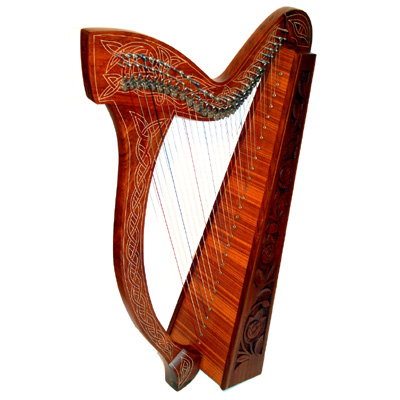
Instruments with additional strings exist (from 37 – 48 totalstrings), but are very rare. Number of courses could vary from 11–14, and the number of strings from 21–27.į 3 F ♯ 3 G 3 A 3 A ♯ 3 B 3 C 4 C ♯ 4 D 4 D ♯ 4 E 4į 4 F ♯ 4 G 4 G ♯ 4 A 4 A ♯ 4 B 4 C 5 C ♯ 5 D 5 D ♯ 5 E 5 No standard tuning tuned to any convenient note. There are also a number of drone strings, the number and tuning of which vary widely. Germany & Austria / Japan / India / Pakistan

Octaves are given in scientific pitch notation, with Middle C written as "C 4". Pitch: Unless otherwise noted, contemporary western standard pitch (A 4 = 440 Hz) and 12-tone equal temperament are assumed. paired or tripled strings) are shown with courses separated by bullet characters ( Single-string courses are separated by spaces multiple-string courses (i.e. Strings within a course are also given from left to right, facing the front of the instrument, with it standing vertically. A few instruments exist in "right-hand" and "left-hand" versions left-handed instruments are not included here as separate entries, as their tuning is identical to the right-hand version, but with the strings in reverse order (e.g., a left-handed guitar).mountain dulcimer) will be noted with the highest sounding courses on the left and the lowest to the right.

Instruments strung in the reverse direction (e.g.Instruments using reentrant tuning (e.g., the charango) may have a high string before a low string.On a majority of instruments, this places the notes from low to high pitch. Ĭourses are listed reading from left to right facing the front of the instrument, with the instrument standing vertically. A course may consist of one or more strings.


 0 kommentar(er)
0 kommentar(er)
